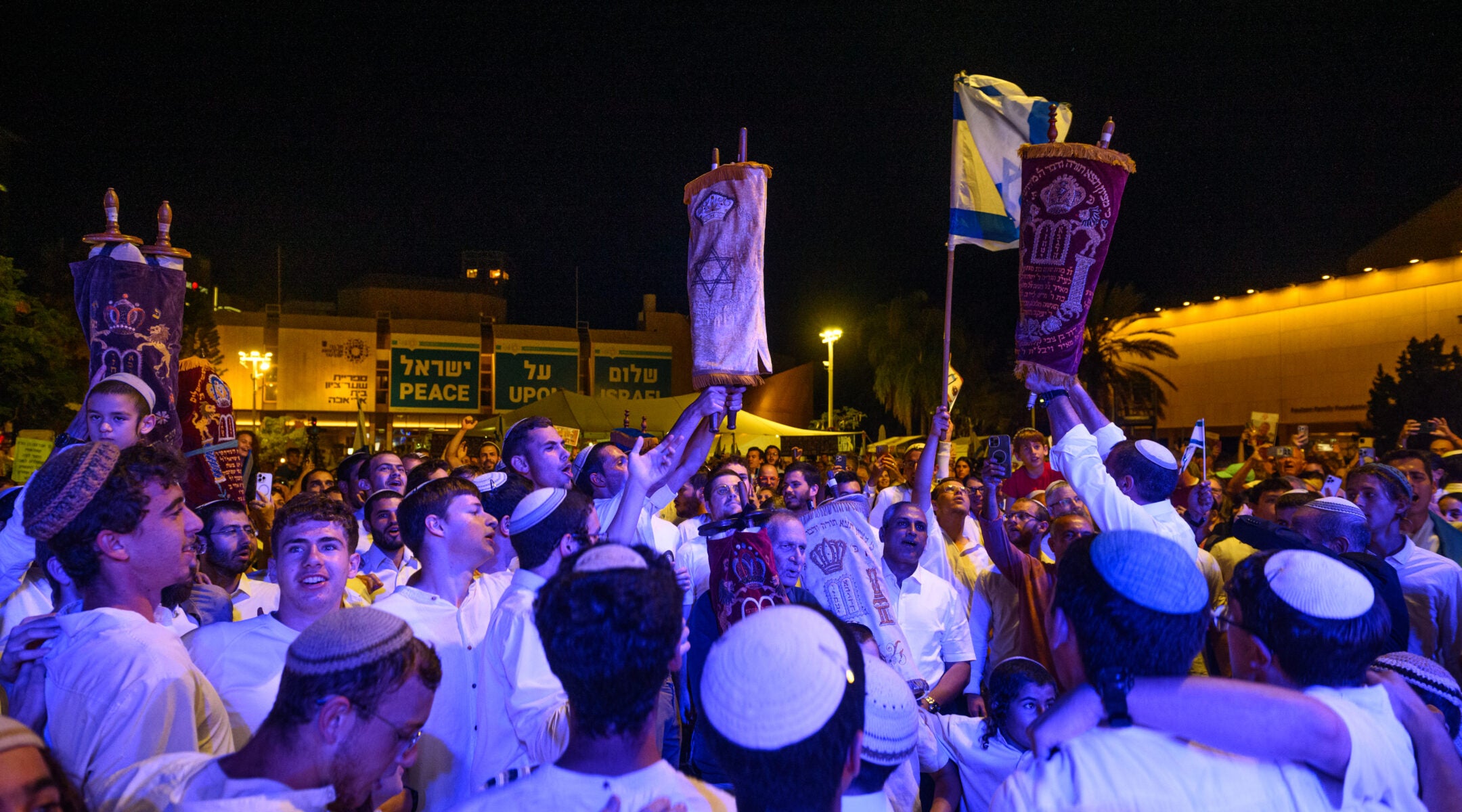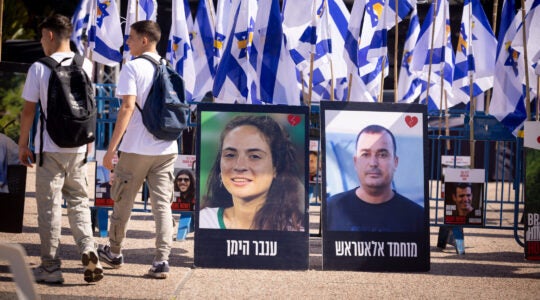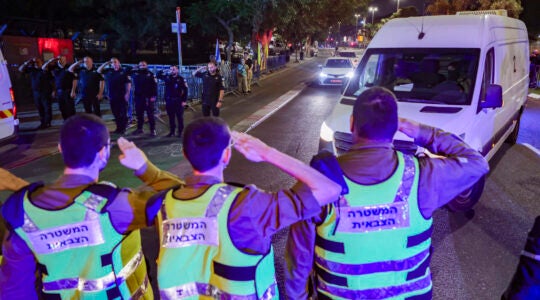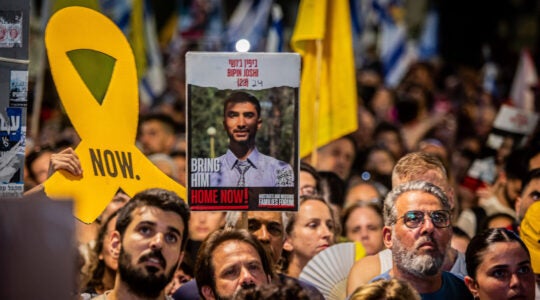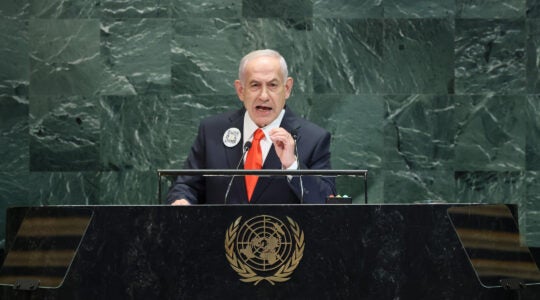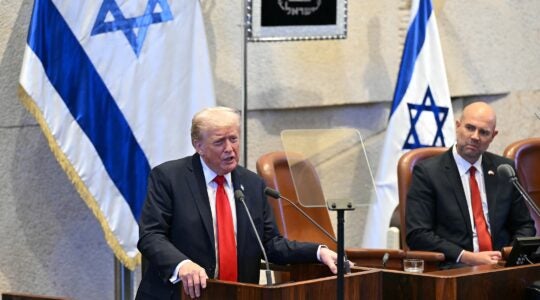Rabba Anat Sharbat, the unofficial “rabbi of Hostages Square,” wept as she recited the Shehechiyanu blessing after lighting the candles to mark the beginning of Simchat Torah holiday on Monday evening, hours after all 20 living hostages returned to Israel.
Two years before, the same holiday had been marked by silence and fear after the Hamas-led massacre in southern Israel ended celebrations across the country.
Before the plaza even became known as Hostages Square, Sharbat had established what became a ritual — Kabbalat Shabbat services and Havdalah every week, in her words, “out of a deep belief that there needed to be a space here for prayer,” not only for protest.
Faith, she said, had played a role in the hostages’ return.
“The prayers in the square were an integral part of the effort to return them,” Sharbat said. “We heard from hostages who came back that they heard and felt the prayers, and that it gave them strength.”
Last Simchat Torah, she faced uncertainty about whether to hold prayers at all. There was barely a minyan — the quorum of 10 needed for Jewish prayer — and dancing felt impossible. Still, she insisted on continuing “out of a deep belief in the need to maintain hope, together with the families, that their loved ones will return home.” That conviction was validated when Dvora Leshem, the nonagenarian grandmother of the hostage Romi Gonen, approached the small group that night and said she was glad the prayers were taking place. Romi Gonen would be released about three months later.
On this year’s Hebrew anniversary, a very different scene unfolded in the square. As evening fell, a few dozen men and women gathered for prayers followed by hakafot, the traditional Simchat Torah dances encircling the Torah scrolls. The crowd of dancers quickly swelled to more than 200, while onlookers filmed and applauded from the sidelines. Among them was a woman in a Bring Them Home T-shirt who recalled that less than two weeks before Oct. 7, the sight of public, gender-separated prayer during Yom Kippur services had filled her with “extreme anguish.”
“But today, let them dance,” she said. “We are all dancing, finally.”
But the joy was marred by the knowledge that not all the deceased hostages had returned. For some, that reality was impossible to reconcile with the scenes of jubilation. One man, wearing a T-shirt that read in Hebrew, English, and Arabic “We are all created equal,” shouted at the dancers while filming on his phone. “These religious zealots can’t just stand respectfully, they have to dance like animals,” he said.
By Wednesday morning, eight bodies had been brought to Israel for burial. Seven were identified as hostages, while the eighth did not match any of the 28 confirmed dead. Two more, both Israelis, were returned on Wednesday.
The tension carried into Tuesday night, when tens of thousands filled Hostages Square again for a second round of Torah dancing traditionally held after the holiday. The seven dances alternated between grief and gratitude, each dedicated to a different group, including the fallen hostages still in Gaza, those who had returned, reservists, and their families.
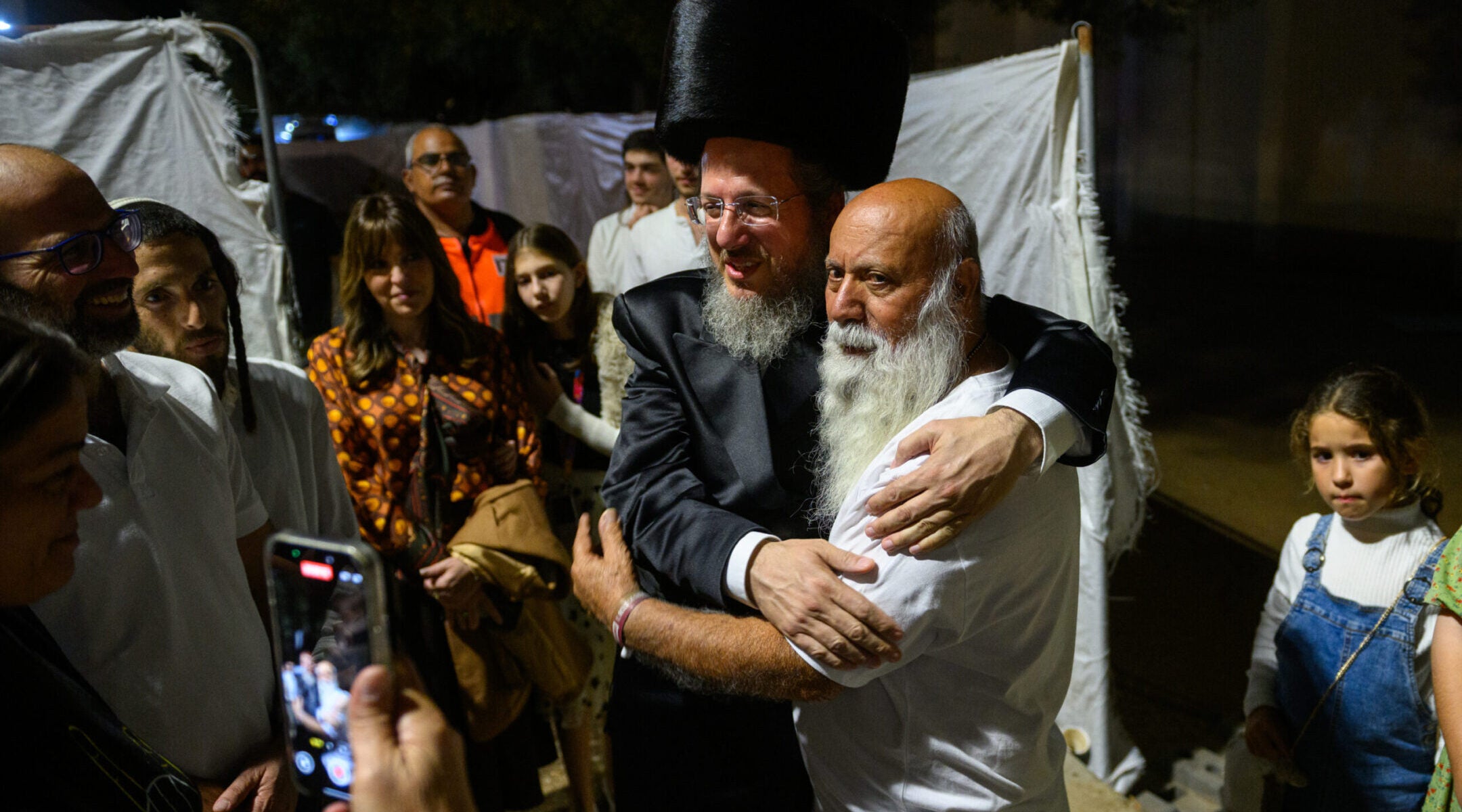
Rabbi Haim Eidelis, left, embraces Dani Miran, the father of released hostage Omri Miran during a celebration for Simchat Torah in Hostage Square in Tel Aviv, Oct. 14, 2025. (Alexi Rosenfeld/Getty Images)
Tel Aviv Deputy Mayor Chaim Goren said the event, organized annually by the municipality with Ma’ale Eliyahu Yeshiva and other national-religious groups, was originally meant to take place at a nearby plaza. “It felt detached to hold it there,” he said. The Hostages and Missing Families Forum agreed to move it to the square, though the decision wasn’t final until the last minute.
“There was back-and-forth until the holiday started about whether and how to do it,” Goren said. “With all the joy, there’s still a kvetch in the heart” — using the Yiddish word for ache — “but there’s also a deep need to give thanks to God for what we’ve witnessed.”
For Tel Aviv resident Sapir Barak, the night offered a release she hadn’t allowed herself since Oct. 7, 2023.
“When they announced the release yesterday, I basically had a nervous breakdown,” she said. “I was crying so much. There are so many emotions. It’s like a dream come true, but you don’t know what to do with it.”
Nearby, Henri Rosenberg cut an unusual figure in Hasidic garb with a fur shtreimel and a “Bring Them Home” dog tag around his neck, standing beside his grandson who wore a red MAGA baseball cap. But despite appearances, Rosenberg said he no longer identified as haredi Orthodox, having grown disillusioned by what he called indifference within some haredi circles to the pain felt by other Israelis during the war. Health problems had led him to attend a nearby national-religious synagogue over the High Holidays, where, he recalled, “the cantor wept for the hostages and the soldiers.”
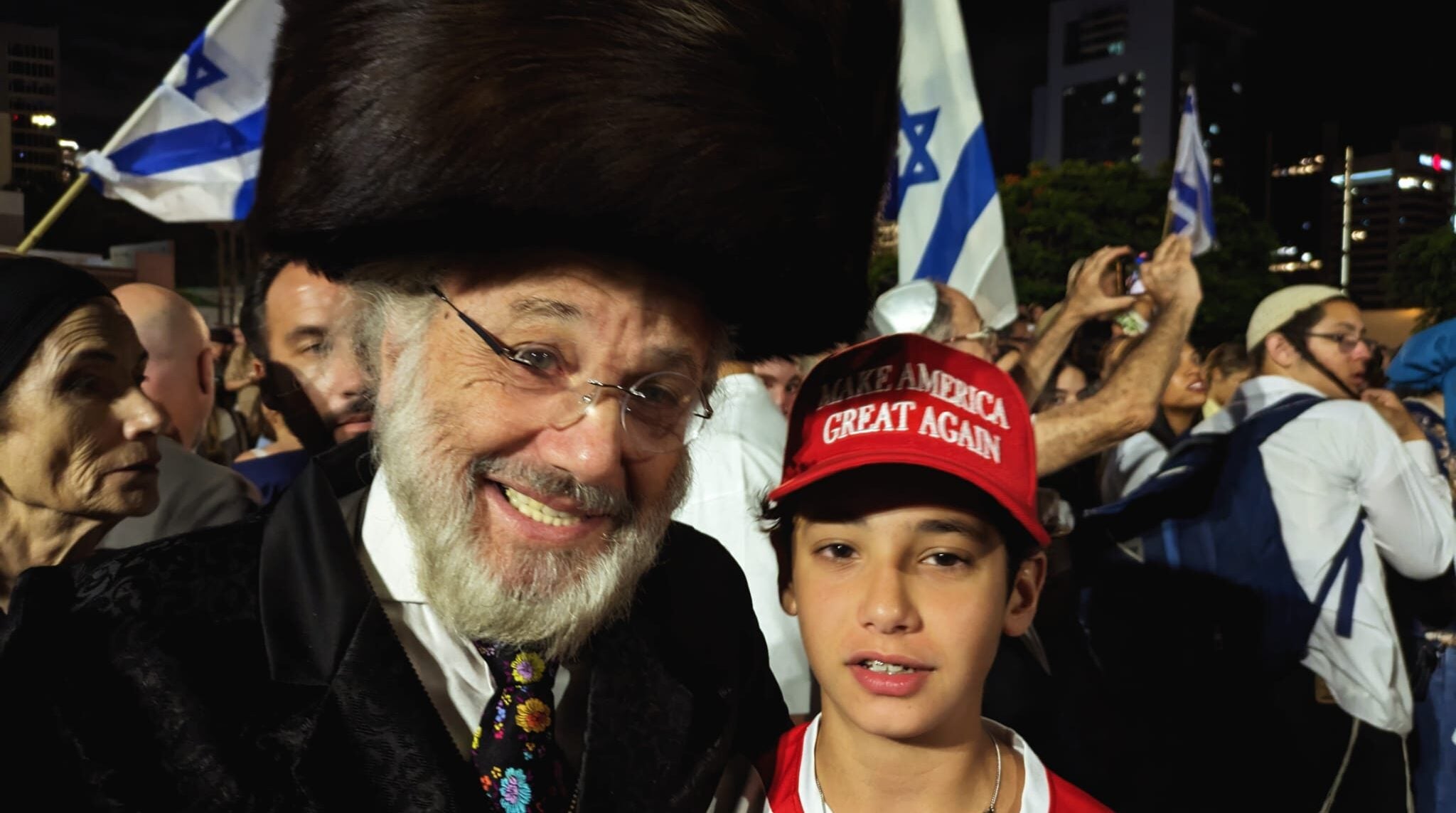
Henry Rosenberg, with his grandson, says he no longer identifies as haredi in the aftermath of Oct. 7, in Hostages Square in Tel Aviv, Oct. 24, 2025. (Deborah Danan)
“They are our flesh and blood, and that’s why I’m here tonight,” he said.
From the stage, Genia Erlich Zohar, aunt of American-Israeli hostage Omer Neutra — whose body remains in Gaza and who would have turned 24 on Tuesday — called on the crowd to respect the duality of the moment.
“We hold both joy for those who came home and hope and pain for those who haven’t,” she said. “We are one people, one heart.”
Miri Polachek, a friend of the Neutra family who has volunteered with relatives of the hostages, said she came to the event to support the Neutras and the other families. Recalling her own son’s playdates with Omer when they were children, she said, “It’s a never-ending reminder that it could have been any of our children.”
Among those on stage was Elkana Levy, a Golani Brigade officer who lost both legs in an explosion in Khan Younis. One of three brothers wounded in the Gaza war, he led a silent hakafa from his wheelchair and vowed that those “fighting day and night for the return of our brothers … would never break.”
At the edge of the square, a few dozen demonstrators held posters of those still in Gaza, chanting “Everyone, now!” — the familiar rallying cry for the hostages’ return.
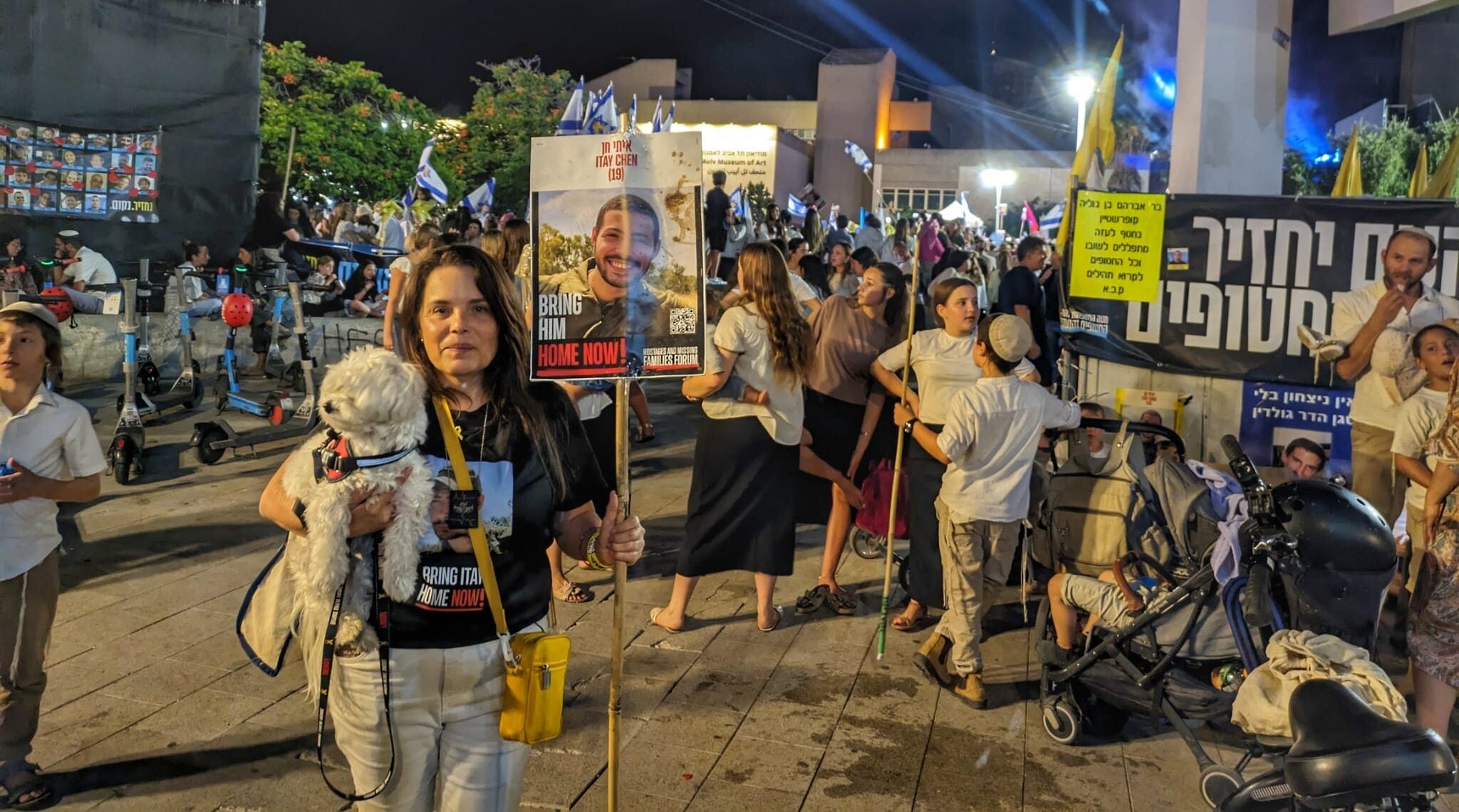
Hagit Chen, the mother of the deceased hostage Itay Chen, poses with his dog in Hostages Square after Simchat Torah in Tel Aviv, Oct. 14, 2025. (Deborah Danan)
Hagit Chen, holding “Gucci,” the small white dog that had belonged to her son, slain hostage and dual American-Israeli citizen Itay Chen, whose body has not yet been returned, called Monday’s release “a huge miracle,” even as she admitted her faith had been shaken.
“I was convinced Itay would be returning home yesterday with the others,” she said. Still, she added, the elation around her was not an affront. “I don’t look at joy that way. I embrace what’s happening here. We all need the strength it gives us.”
“But we cannot take our foot off the gas,” she said. “The deal is not a good one for the fallen hostages.” She pointed to what she described as the vague language of the Trump.-brokered agreement, which requires Hamas to make “all necessary efforts” to secure their release. “If we don’t see their return, it will be an open wound for all of us.”
Dani Miran, whose son Omri was among those freed on Monday, said Israel should halt the next stage of the deal until every hostage is accounted for.
“We should have resumed fighting at 1 p.m. yesterday, the moment we understood the 28 bodies weren’t coming home,” he said at Tel Aviv Sourasky Medical Center, where his son is receiving treatment. “[Hamas] will not understand anything else.”
Miran said he would remain in Tel Aviv, where he has lived since his son’s abduction, until the last hostage returns. He declined to say whether he would shave his long white beard, a vow he made to keep until Omri came home.
Activist and artist Hila Galilee, posed with Miran’s longtime partner, Galia Korel, while holding a mock yellow Torah scroll with images of the hostages. “The entire Torah is the hostages,” she said.
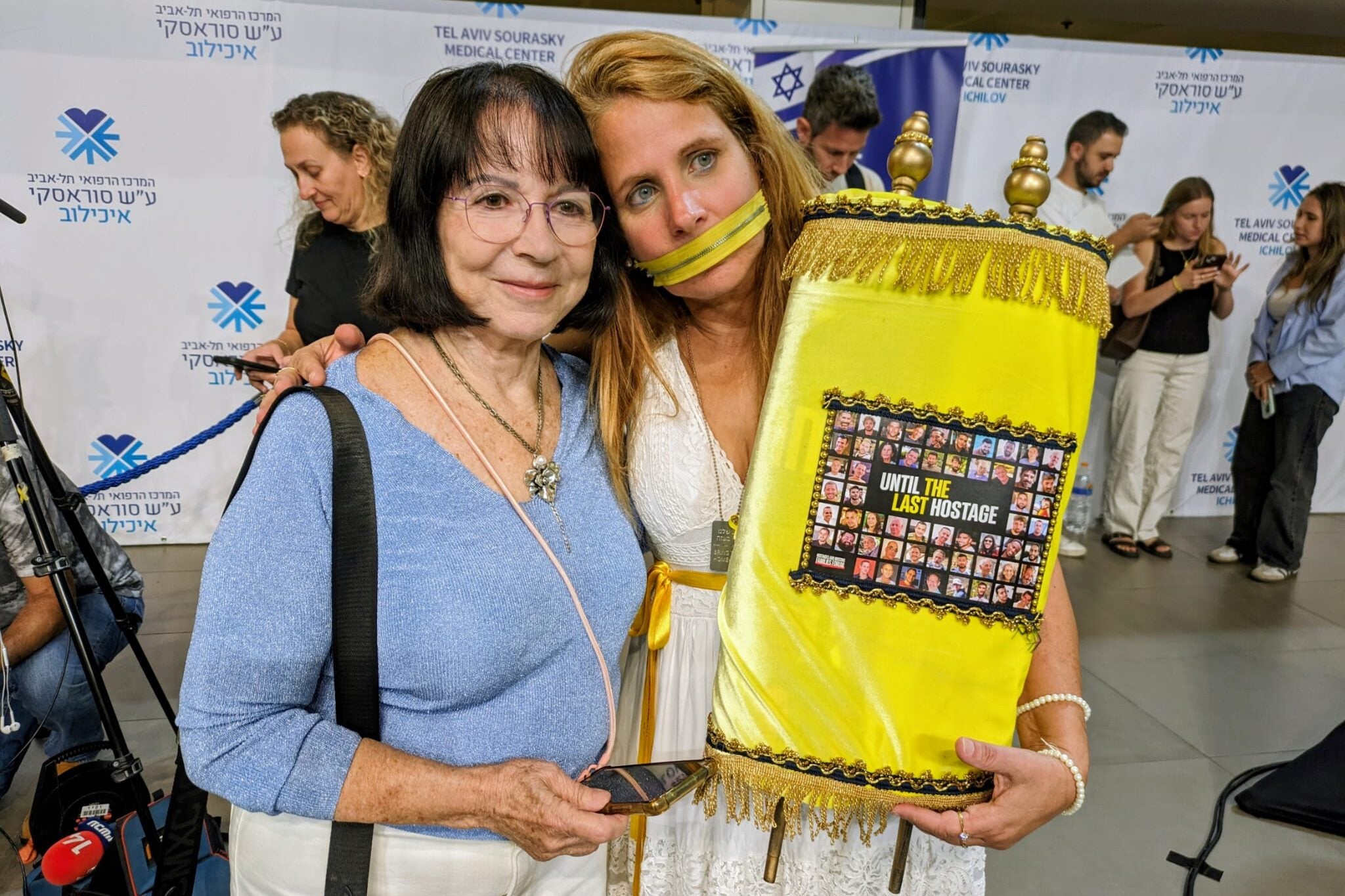
Galia Korel, left, and artist Hila Galilee pose in Tel Aviv with a Torah decorated with the faces of deceased hostages in Gaza, Oct. 14, 2025. (Deborah Danan)
The question of what to do with the hostages’ symbols no longer has a single answer. Romi Gonen was filmed with friends tearing off the tape marking the number of days the hostages have been held, cheering as they did. Rachel Goldberg-Polin, who began the tape tradition for her son, slain hostage Hersh, said on Wednesday that she would continue to wear hers.
Hagit and her husband, Ruby Chen, criticized Knesset Speaker Amir Ohana for removing his hostage pin during President Trump’s visit to the Knesset. “It isn’t over,” Chen addressed Ohana in a video posted to social media. “Put the pin back on until the last hostage is back.”
After Trump announced that the living hostages would be returning home, Miran urged Tel Aviv mayor Ron Huldai to rename the site Returnees’ Square. But Hagit Chen said in an interview on Tuesday night that the name Hostages Square should remain until all are home.
In the square, posters of freed hostages have been taken down, some replaced by new banners, including one with Trump’s words, “Now is the time for peace.” Other features remain unchanged, including the mock tunnel evoking the underground passages where many hostages were held in Gaza and the digital clock counting the days and seconds since the attacks.
Miran, who had walked the one block from the hospital to the square, led the crowd in a psalm of thanksgiving. “Secular, religious — I hate these distinctions. All I see from up here is Jews,” he said from the stage. “Let’s stay like this. The nation of Israel lives.”
JTA has documented Jewish history in real-time for over a century. Keep our journalism strong by joining us in supporting independent, award-winning reporting.
